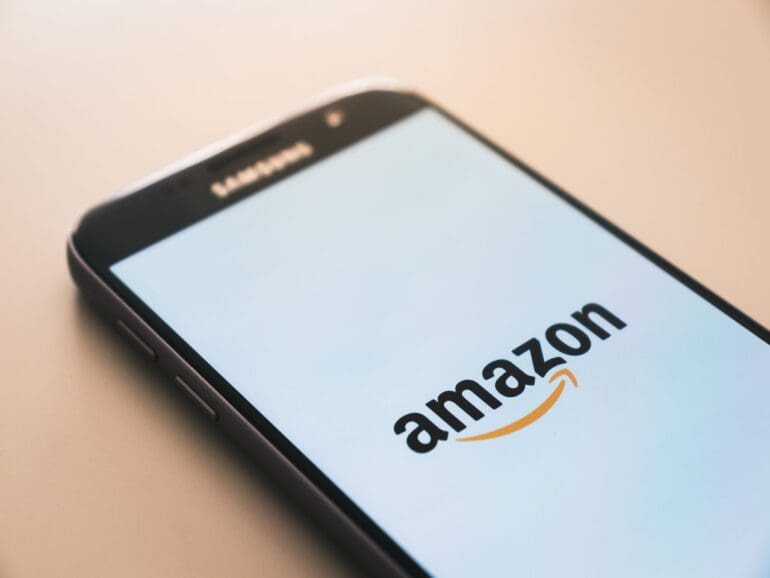Amazon introduced its first credit card in Brazil, the latest move from the U.S. retail giant to expand its fintech reach in Latin America’s largest economy and bolster its e-commerce presence.
The company introduced two Mastercard credit cards this week. One is aimed exclusively at Prime users, while the second is eligible for non-members. The firm bases its acquisition strategy on ambitious cashback rewards and an innovative Buy Now Pay Later feature.
Amazon cardholders can earn points by purchasing on or off the platform. Cashbacks are vital to woo customers, as these can be as high as 5% in some cases. Points, in turn, can later be redeemed for discounts on new online purchases through the company’s marketplace.
“These benefits are best in class in Brazil,” said country manager Daniel Manzini. “And they are permanent.”
Brazilian media said more than 14,000 cards were issued in the first few days. The U.S. online retailer partnered with card-issuer Bradescard, owned by Banco Bradesco, one of Brazil’s two largest private banks.
The credit card expands Amazon Brazil’s payment options, which include traditional credit cards, Pix and bank slips. “Amazon’s goal is to provide the most comprehensive payment experience and a growing array of rewards options,” the company said in a press release. In the U.S., Amazon has partnered with J.P. Morgan Chase for a similar credit card venture.

Amazon faces intense competition in Brazil
The move from Amazon comes as the U.S. giant seeks to compete with Mercado Libre, dubbed the “Amazon of Latin America”. While the U.S. retailer boasts an undisputed market lead in America, it has encountered strong competition from its Buenos Aires-based rival south of the border.
The Argentinian firm has grown a strong fintech muscle, too, which boasts over 45 million active customers in the region. While the card is a new addition for Amazon in Brazil, it’s not a new concept within the broader market.
Competitors like Mercado Libre already have credit options for online purchases. However, loans issued by e-commerce platforms have yet to pick up meaningfully. In its latest report, Mercado Libre reported a credit portfolio of $3.3 billion in the region. This was up 21% year over year, yet it represents a rather minuscule offer in Brazil’s gigantic loan market.
BNPL is at the core of Amazon’s card in Brazil
To win customers, one of Amazon’s distinctive features in Brazil is BNPL. Cardholders can pay in up to 15 installments without interest for purchases greater than 1,500 Brazilian reais or close to 300 U.S. dollars. The cards have no annual fees.
The launch comes at a time when falling interest rates provide a firmer ground to expand credit. Brazil’s central bank recently cut its benchmark rate after one of the most aggressive hiking cycles.
Rising delinquencies have been instrumental in digital banks putting the breaks on lending. Most institutions, including traditional banks, have reported relevant upticks in defaults in recent quarters. However, as rates go down, economists are confident that financial health among Brazilian families should improve.
Bradesco executives pointed to a stabilization in delinquencies as of the second quarter of 2023. During the latest earnings call, CEO Otávio de Lázari said the country was at the final stages of the rising delinquency cycle.


